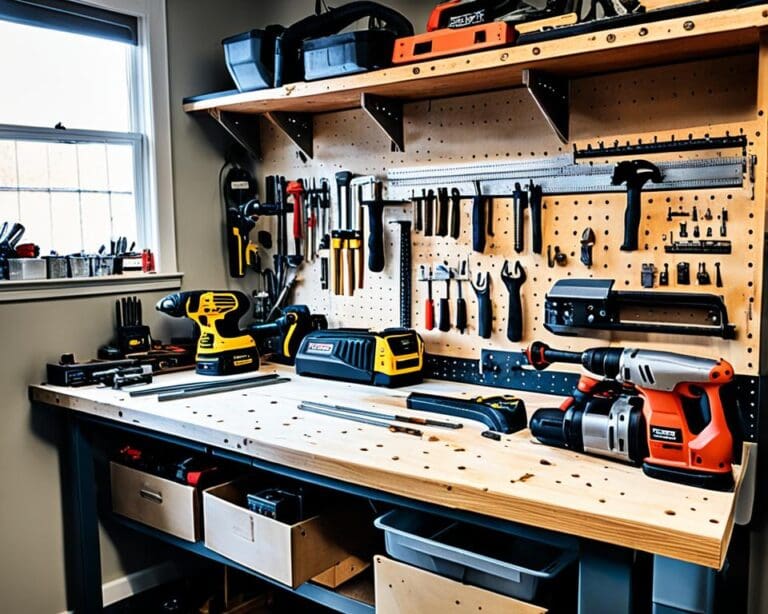Welcome to your ultimate Fertilizer Guide. Our goal is to help gardeners choose the best fertilizer for their plants’ growth and vitality. Knowing about plant nutrition is very important. When plants get the right nutrients, your garden will yield more, flowers will bloom better, and plants will be healthier.
Plants need 17 essential nutrients to grow well. The big three are nitrogen, phosphorus, and potassium. They need these in larger amounts. It’s crucial to know about these nutrients and what your plants specifically need. This knowledge is the key to choosing the right fertilizer.
This guide will show you the different types of fertilizers and how they match what your plants need to eat. We will also talk about how to choose fertilizers based on what a soil test says. Soil tests are important to make sure your plants get what they need. Let’s start this journey to make your plants perform their best!
Understanding Plant Nutrition and Essential Nutrients
It’s key to know about Plant Nutrition for healthy plants. Essential Nutrients are crucial for strong growth. They help with everything from strong roots to fighting pests. The right balance of nutrients keeps plants healthy and makes sure they yield well.
Nutrients Required for Healthy Plant Growth
Plants need 17 essential nutrients to grow well. They get carbon, hydrogen, and oxygen from air and water. Other nutrients are very important for their development too. Macronutrients are especially important:
- Nitrogen (N)
- Phosphorus (P)
- Potassium (K)
- Calcium (Ca)
- Magnesium (Mg)
- Sulfur (S)
These macronutrients are needed in big amounts. For example, nitrogen helps leaves grow. Phosphorus is good for roots and makes plants strong. If a plant doesn’t have enough nitrogen, its leaves might turn yellow.
The Role of Macronutrients and Micronutrients
Plants also need micronutrients for their health. Here are some essential ones:
- Boron (B)
- Chlorine (Cl)
- Copper (Cu)
- Iron (Fe)
- Manganese (Mn)
- Molybdenum (Mo)
- Zinc (Zn)
Even though they’re needed in small amounts, these micronutrients are very important. Soil quality affects how plants get these nutrients. Too much of a nutrient can harm plants, like burning leaves or stopping their growth.

Fertilizer Guide: Choosing the Right Type for Your Plants
Choosing the right fertilizer can make a big difference in your garden. There are two main types: Organic and Synthetic Fertilizer. Each type has special benefits. They suit different needs of your plants.
Types of Fertilizers Available
Organic Fertilizers come from natural sources like compost, manures, and fish emulsions. They are good for the soil and release nutrients slowly. This is great for gardeners who like to keep things natural. Organic matter also helps soil hold water better and supports helpful microbes.
Synthetic Fertilizers are made through chemical processes. They give plants a quick nutrient boost. These fertilizers have numbers like 10-20-10, which show their nutrient content. Knowing these can help you pick the right Fertilizer Selection for your plants’ growth stages and nutritional needs.
Determining Fertilizer Needs Through Soil Testing
Effective gardening starts with Soil Testing, done every two years. Tests tell you about your soil’s nutrient levels and pH. With this info, gardeners can choose the right fertilizer. This helps your plants grow better.
Soil test results help gardeners fertilize in a smart way. For example, using 2 to 3 pounds of a balanced fertilizer per 100 square feet is good. For those preferring organic, 20 to 30 pounds of manure per 100 square feet works well. This way, your garden gets what it needs, safely.
Different Fertilizer Forms and Their Uses
Understanding different fertilizer forms is key to good soil and plant health. Each type is designed for specific gardening needs. It’s important to know the difference between granular and liquid fertilizers, and also between fast-release and slow-release types. This knowledge lets gardeners choose the best option for their plants.
Granular vs. Liquid Fertilizers
Granular fertilizers slowly release nutrients, perfect for long-term soil health. They’re mixed into the soil when planting. This way, plants get nutrients as they grow. The nutrient release from these fertilizers can last from 1 to 9 months. Products like Miracle-Gro® Shake ‘n Feed® may last even longer because of special technology.
Liquid fertilizers, however, quickly give plants nutrients. They work fast, making plants stronger during growth spurts. These are great for fixing sudden nutrient needs or helping plants recover fast. But, they typically only last about 1 to 2 weeks after they’re applied.
Fast-Release vs. Slow-Release Fertilizers
Fast-release fertilizers work quickly because they dissolve in water. They’re good for quick fixes in nutrient gaps. But, using too much can hurt plants due to “fertilizer burn.” Nitrogen-focused fast-release options like ammonium nitrate and urea have at least 44% nitrogen. This helps give a quick nitrogen boost to plants.
Slow-release fertilizers, however, give nutrients over time. They help reduce pollution and are better for the environment. They support steady growth, help roots develop, aid in photosynthesis, and fight diseases. Knowing how to use these fertilizers can make your garden thrive.
Best Practices for Fertilizer Application
Applying fertilizer properly is a must to help plants grow well. Knowing when and how much to use is crucial. For example, use granular fertilizers when you plant, and liquid types when plants are growing fast. This method helps plants get the nutrients they need and results in beautiful gardens.
Weather and soil dampness matter a lot for fertilizer to work best. Make sure to water your plants before and after you fertilize. This keeps the roots safe and helps the nutrients go deeper. It’s good to pick fertilizers with key nutrients like nitrogen, phosphorus, and potassium. Plants need different amounts, like roses needing food every few weeks, while lawns do great with a nitrogen-rich food twice a year.
Using fertilizers in a way that’s good for the earth is also important. Choose organic options and mix it up with crop rotation and mulching. These steps make the soil healthier. When you follow these tips, your garden won’t just look good. It will also be a place that takes care of nature.









